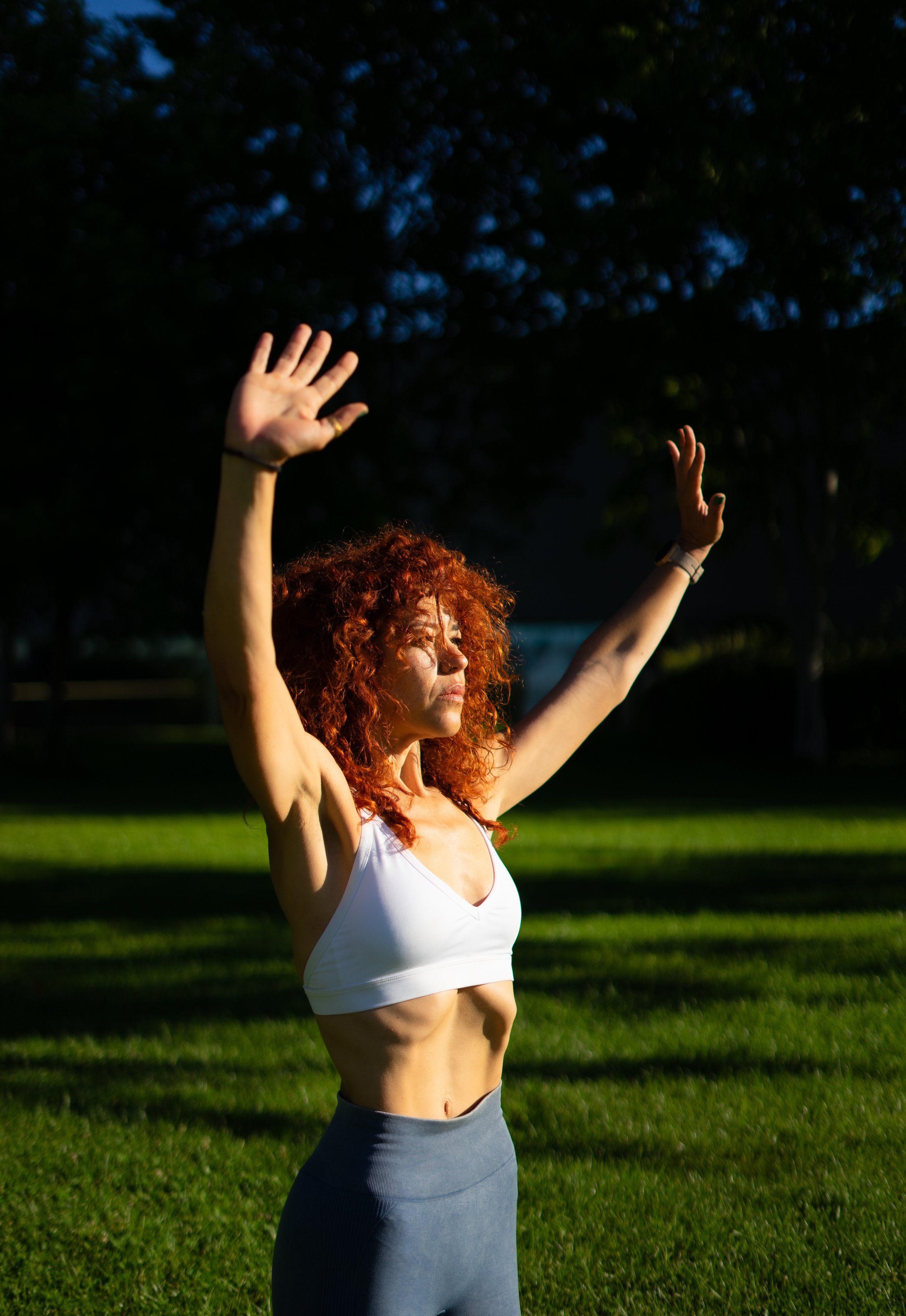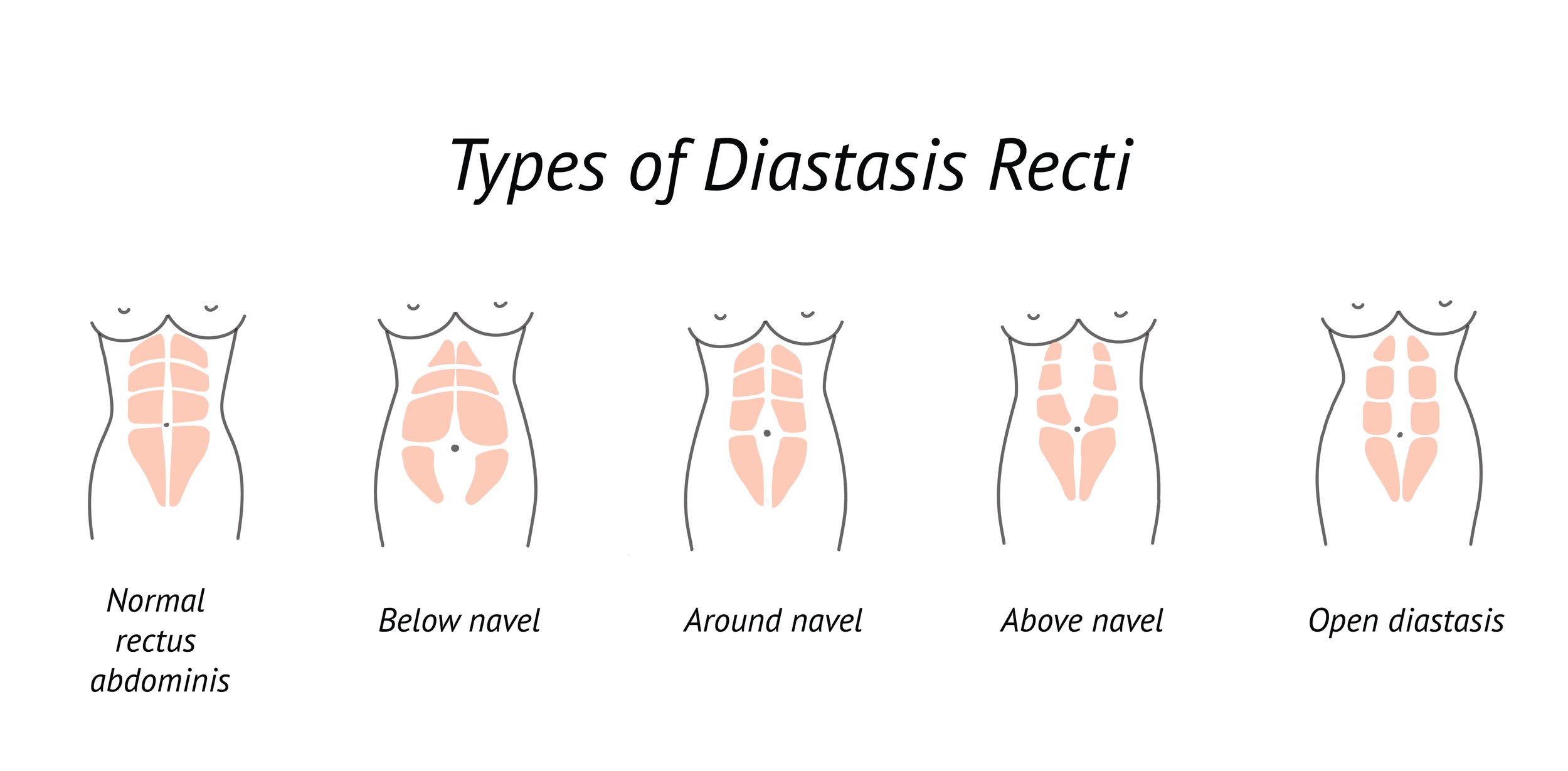
Insights
Pathways to Pain Relief: Insights and Resources for Your Journey
Breathing, Pressure, and the Apnoea Phase in Hypopressive Exercises
Why Does It Work?
The underlying physics of hypopressive apnoea is all about pressure differentials. When you hold your breath after a slow steady exhalation, the internal pressure drops below atmospheric pressure. According to principles similar to those in fluid dynamics (think of how a suction cup works), this creates an inward pull. In the human body, this “suction” can:
Reduce Intra-abdominal Pressure: A lower pressure within the abdomen decreases the load on the pelvic floor, potentially reducing issues like pelvic organ prolapse.
Enhance Muscle Activation: The body naturally recruits stabilising muscles, including those deep within the core, to counteract and adjust to the pressure changes.
Over time, regular practice of hypopressive exercises can contribute to better core stability, improved posture, and enhanced pelvic floor health.
Healing Diastasis Recti: How Hypopressives and Functional Core Training Can Help
To truly restore function to the abdominal wall and core, progressively loading the connective tissue is essential. As Anthony Lo, a leading physiotherapist and expert in strength-based core rehabilitation, states: “Connective tissue needs load to adapt and strengthen. If we avoid loading it, we miss out on its capacity to heal and become more resilient.”
This means that while gentle foundational exercises like breathwork and deep core activation are crucial, progressive resistance and functional movement must also be introduced in a gradual, controlled manner. Increasing load over time through safe and intentional movement encourages the linea alba to regain tension, allowing for improved force transfer, stability, and overall function of the core.
Many traditional abdominal exercises, like crunches and sit-ups, can exacerbate the issue by increasing pressure inside the abdomen, making the gap worse over time. Instead, a functional and pressure-aware approach is needed for true healing.
Understanding and Addressing Queefing: The Role of Alignment and Breathwork
Let’s talk about queefing. Yes, vaginal flatulence—the release of trapped air that can sometimes make an awkward appearance during sex, exercise, or yoga. It’s entirely natural, harmless, but not exactly a confidence booster. Why does it happen, and more importantly, is there something we can do to prevent it? Absolutely. With a deeper understanding of posture, alignment, and breathwork, you can reduce the frequency of queefing and improve overall pelvic health. Let’s dive in.
The Connection Between Overactive Bladder and Swimming: What’s Really Happening?
For many, the urge to pee when swimming in open water or a recreational pool feels like an inevitable, though puzzling, part of the experience. Is it the cool water? The gentle pressure on your abdomen? Or something deeper at play in your body’s systems? This post explores the physiological reasons behind this phenomenon and how intentional breathwork and Hypopressives can help manage overactive bladder symptoms.
The Anatomy of the "Just-In-Case" Pee and Why It Matters
Have you ever used the bathroom "just in case" before leaving the house, even if you didn’t really feel the urge to go? Or maybe you’ve squeezed harder when peeing, worrying about leaking or needing to return to the toilet shortly after? These habits might seem harmless, but they can disrupt your bladder’s natural function and contribute to pelvic floor dysfunction over time. Let’s dive into the anatomy behind these common behaviors and how simple techniques like lateral costal breathing, jaw relaxation, and foot positioning can support your bladder’s health.
Understanding Anal Prolapse: Causes, Solutions, and How Hypopressives Can Help
Anal prolapse, or rectal prolapse, can be a distressing and often misunderstood condition. It occurs when the rectum—the final section of the large intestine—protrudes through the anus. This can range from a partial prolapse, where only part of the rectum is involved, to a full external prolapse that’s visible outside the body. While it’s often associated with aging, this condition can affect anyone, and understanding its causes and possible solutions can be an empowering first step toward healing.
Healing from the Inside Out: The Power of Breath, Hypopressives, and Positive Thought
The Link Between Mindset and Healing
Just as this exercise demonstrates, we can actively "melt" negative thoughts by redirecting our focus. When we start to spiral into self-doubt, stress, or negativity, having a mental "store" of positive, calming images can help shift our mindset. With practice, this can rewire our thought patterns and create an environment that promotes healing at the cellular level.
This isn’t just a feel-good idea; science backs it up. Our thoughts and emotions have a profound effect on our autonomic nervous system, which governs processes like digestion, heart rate, and even the healing of tissues. By choosing positive thoughts, we encourage the release of beneficial hormones and chemicals, such as serotonin and oxytocin, that can boost physical and emotional recovery.
The Role of Neuropeptides and the Dorsal Horn in Psoas Function
Neuropeptides: The "Molecules of Emotion"
Neuropeptides are chemical messengers that influence communication between cells, modulating everything from emotion and pain to immune function and tissue health. Dr. Candace Pert, a leading researcher in this field, described neuropeptides as the "molecules of emotion" due to their ability to encode and transmit emotional states throughout the body.
Unlocking Resilience: The Therapeutic Power of Hypopressives for Psoas Health
In the fast pace of modern life, our nervous system plays an incredible role in balancing the demands of daily stress and maintaining a healthy feedback loop between its sympathetic (fight or flight), parasympathetic (rest and digest), and enteric branches. When this balance is intact, challenges are met, traumas integrated, and the body remains resilient, ready to self-regulate. However, when stress overwhelms us and inner reserves dwindle, this balance falters. The autonomic nervous system (ANS) loses its self-regulating ability, and the hypothalamic-pituitary-adrenal (HPA) axis becomes hyperactive—a state often mirrored in the fibers of the psoas muscle.
The Sacroiliac Joint: A Key Player in Women’s Health and Pelvic Floor Function
The sacroiliac joint is a foundational component of women’s health, linking the spine to the pelvis and influencing the function of the pelvic floor. Acknowledging its role in low back pain and pelvic organ support is essential for addressing these interconnected issues. By incorporating breath-work, targeted exercises, and a holistic understanding of pelvic dynamics, women can achieve improved SIJ function, enhanced pelvic floor health, and overall well-being. Working with this often-overlooked joint is a step toward a stronger, more balanced body.
The dance of life - ribs and pelvis
The Dance of the Rib Cage and Pelvis: How Breathing Shapes Pelvic Floor Health
The human body is an intricately connected system, where every movement, breath, and posture influences the rest of the structure. Two movers and groovers in this interconnected dance are the rib cage and the pelvis, particularly in the context of breathing. This relationship between these structures is super important for optimal function and health—especially for the pelvic floor.
Oxygen’s Journey: Activating the Pelvic Fascia and Muscles Through Breath
In the context of the pelvic floor, oxygenated blood flows into the fascia and muscles, invigorating these tissues. The pelvic fascia, a web of connective tissue, thrives on this oxygen-rich environment, which supports its elasticity, hydration, and overall function. Meanwhile, the pelvic muscles, responsible for core stability and organ support, gain the ATP energy they need to perform optimally.
Oestrogen, Hypopressives & You
Connecting the Dots: Oestrogen and the Pelvic Floor
Oestrogen directly influences pelvic floor health by maintaining tissue elasticity, hydration, and strength. When levels dip due to stress, poor sleep, or the shift during menopause, the pelvic floor may weaken, leading to dysfunction. Elevated cortisol from adrenal fatigue can exacerbate these issues, creating a cycle of tension and reduced resilience.
Practices like Hypopressives, deep breathing, and mindful movement restore balance, supporting the pelvic floor and overall hormonal health. By addressing stress, sleep, and posture, clients can regain functional strength and confidence.
The magic of Menopause
The Magic of Menopause: Embracing the Transformation to the Wise Woman Years
Did you know that women, orcas, and pilot whales are the only beings on Earth that go through menopause? This amazing transformation is an extraordinary reminder of our unique biology and the critical role we play in our communities.
In orca pods, post-menopausal females take on a vital leadership role. Known as matriarchs, they use their decades of experience to guide younger generations, ensuring the survival of the group. These wise female whales lead their pods to food sources and navigate challenges, demonstrating the huge value of life after childbearing.
Humans are no different. As we move through menopause, we enter a phase of deeper insight and leadership. Freed from the demands of childbearing and the intensity of hands-on parenting, we step into a time of clarity, wisdom, and purpose—a time to guide, inspire, and nurture not just our families but our broader communities.
Your Pain is Not Your Identity
You Are Not Your Pain: Redefining Yourself Beyond Your Pelvic Floor
If you’ve been living with pelvic floor dysfunction, it can sometimes feel like your entire identity is wrapped up in your pain. It might seem as though every moment of your day is dictated by discomfort, frustration, and limits on what you can do. But let me remind you of something powerful: you are not your pain. You are not defined by your pelvic floor. You are so much more.
Apnea? 360? Hypopressives?
The way we breathe can have a big impact on the health of the pelvic floor, and 360 breathing is a great technique for this. In 360 breathing, the ribs move outwards and upwards as we breathe in, and then back down and in as we breathe out. This movement helps the pelvic floor work as a team with the other parts of the body, moving through its full range in a way that supports healthy function.
Here’s how it works:
When we inhale, the diaphragm (a dome-shaped muscle under the ribs) contracts and moves down. This creates more space for the lungs to fill with air. As the diaphragm moves, it gently presses on the abdominal organs, which in turn shift downward. This movement massages the pelvic organs, stimulates the lymphatic system, and even affects the adrenal glands. At the same time, the pelvic floor muscles respond by lengthening slightly (stretching) to manage the pressure. The sit bones (the bony bits you sit on) move slightly apart, and the tailbone (coccyx) tips back a little, creating even more space in the pelvis.
When we exhale, the diaphragm relaxes and moves back up under the ribs. The pelvic floor muscles now contract slightly (shorten) to support the release of pressure. The sit bones move closer together, and the tailbone tips back in, helping to stabilise the pelvis and abdomen.
This coordinated movement of the ribs, diaphragm, and pelvic floor helps manage the internal pressure in our abdomen. It’s a gentle but effective way to train a healthy pelvic floor while keeping tissues strong and resilient.
Breathing Through Inspiration: The Power of Inspiration in Every Sense
The next time you feel stuck or overwhelmed, pause and take a conscious breath. Let that breath anchor you, expanding your ribs, lifting your heart, and settling your mind. Notice how it creates space—not just in your body but also in your life—for new ideas, possibilities, and a deeper sense of connection.
Through breath, we receive the world. Through inspiration, we shape it. Let’s breathe deeply, live fully, and remain open to the whispers of wonder all around us.
The Posture Puzzle: How a Kyphotic Spine and Forward Head Impact Your Pelvic Floor (and how Hypopressives Can Help)
When you work on your posture, you’re not just fixing how you look in the mirror—you’re rebalancing the very foundation of your body. Hypopressives offer a unique way to rebuild this balance from the inside out, connecting your breath, posture, and pelvic floor in a way that feels light and effortless.
If you’re struggling with back pain, pelvic floor issues, or simply want to improve your alignment, Hypopressives could be the missing piece of your puzzle. It’s a gentle practice, but its effects ripple through your entire body, helping you move and breathe in a way that feels natural and free
Nature mirrored in our bodies
When we pause to observe nature, we often find striking parallels between the natural world and our own bodies. It’s almost as if nature has written its wisdom into both ecosystems and human anatomy, showing us that we are deeply connected to the world around us. One beautiful mirroring lies in the relationship between our lungs and nervous system and the way tree roots and mycelium network beneath the earth.
These systems share striking similarities: they are both intricate webs of connection, designed to sustain life, communicate, and maintain balance. What can this parallel teach us about our bodies, our health, and the environment?



















